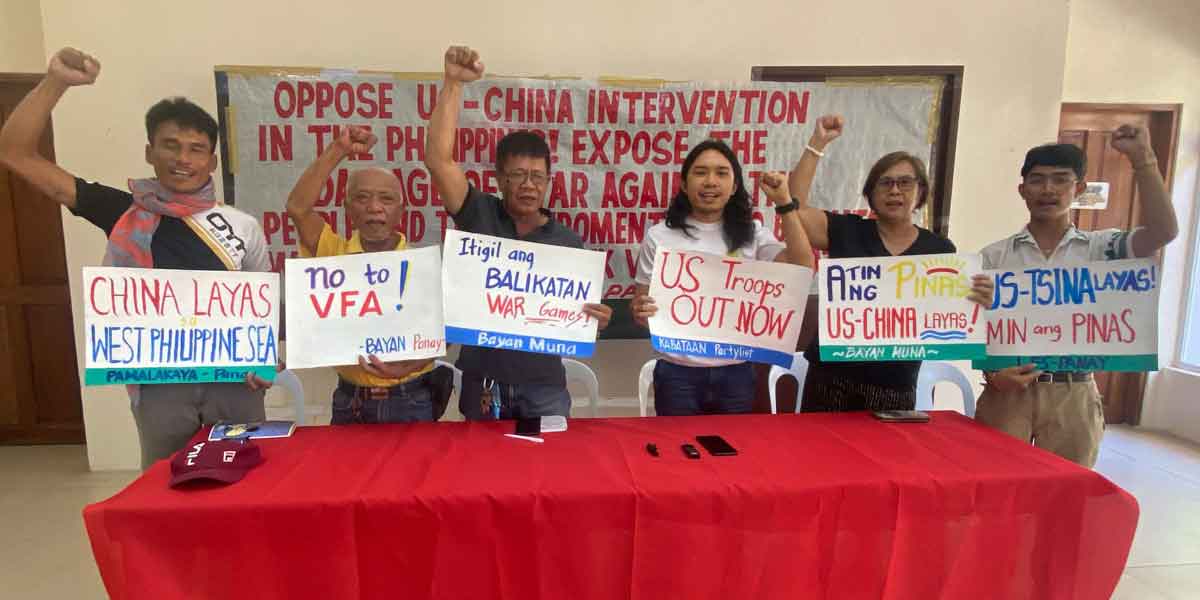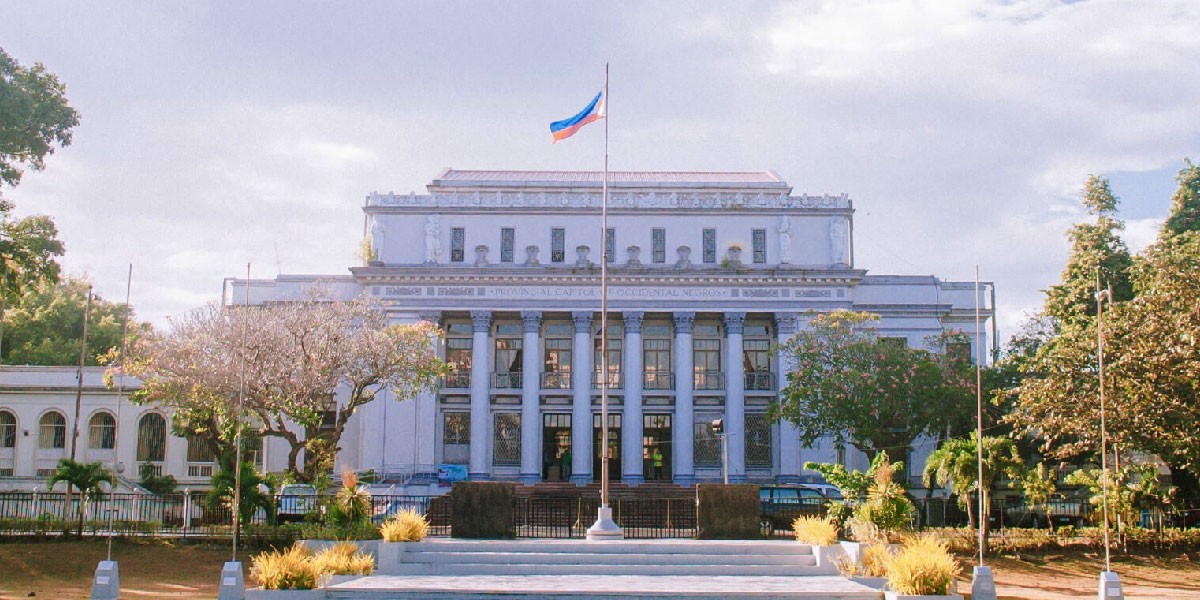By: Modesto P. Sa-onoy
Anywhere in the world where free men live, there is a continuing clash of interest between producers and consumers on the price of a commodity. Each has solid arguments but the bottom line is profit. This conflict cannot be resolved because the warring parties labor on the ground of maximum returns for their effort or investment. Claims of patriotism and social justice are merely icings on their cakes. This is a struggle that usually contaminates the realm of politics – capitalism versus communism or the more palatable term, socialism.
In between is the principle that was adopted by Christianity: communion and fellowship through a just sharing of the fruits of labor and investment. Communism has an enticing but dangerous slogan: from each according to his capability and to each according to his needs. This principle was embraced during the 19th and 20th century with catastrophic consequences – the death and suffering of millions. But many still push for this philosophy as being progressive but really a way to secure their vested interests.
Communism has discarded its moorings and implemented free economic enterprise but retained totalitarian control.
If I hark back to this in the discussion of the gap between the sugar planters and the consumers of their product, it is only to emphasize that there is no easy solution to their conflict. Price is the only head visible over the waters.
In fact, one of the main reasons for the inability of the Philippine sugar producers to compete against Thailand and other countries, is the imposition by the government of restraints that chained the producers to a situation they cannot get out except when the government has to adopt the same policy as in Thailand – subsidy to the industry that planters cite as the reason for the low price of Thailand sugar. That however is not true in other exporting countries.
But the subsidy approach would bring in more problems than solutions because it will open the floodgates of demands for subsidies for other non-competitive industries but considered vital to national interest and the uplift of the life of the poor. Even rice, which is our staple food has been imposed a tariff resulting in the increase in the prices of NFA rice by a hefty P5 a kilo. The ripple effect of this will be felt by August when the present NFA rice stocks are sold out.
A Philippine Daily Inquirer article, “Multiple Threats to PH Sugar Industry” by Teodoro C. Mendoza of February 22, 2019 and republished by Sugar News/Issues, the official magazine of the National Federation of Sugarcane Planters (Vol. 21, No. 1), claims that by 2050 the Philippine population will be 182 million and sugar consumption will be four million tons. We are producing today 1.2 million tons and even less during some bad crop years.
As I have written several times back, the sugar industry is shrinking and by that time shall have shrunk further. This means that the industry will be a “miniscule” in comparison to the number and needs of the processors and the consumers.
Of course most of the planters of this generation will not be around 30 years from now but that is not a far off time. Unless something miraculous happens, this projection points to the imperative of the industry preparing for a liberalized importation.
Thirty years ago, I delivered a paper in Seoul on the impact on Philippine agriculture on the full implementation of the ASEAN Free Trade Agreement. We discussed the need for preparation for that eventuality. Thailand did prepare a few years after the agreement came into effect. The Philippines asked for deferment for 25 years but when 1995 came, we asked for another postponement. Our options had already run out but there is nothing concrete that will prevent the adverse effect on the industry.
The food processors and other manufacturers are actually asking for the implementation of our international commitment for liberalized trading but the industry, understandably kept on opposing the enforcement as a means of survival. How long can the political solution, granting the Tatak Kalamay comply with its promise, keep the industry protected?
There had been dozens of proposals for over 60 years but hardly anything worked because words are not matched with concrete actions.
Ironically, Thailand adopted main portions of Philsucom-Nasutra concept that the planters hated so much.





















